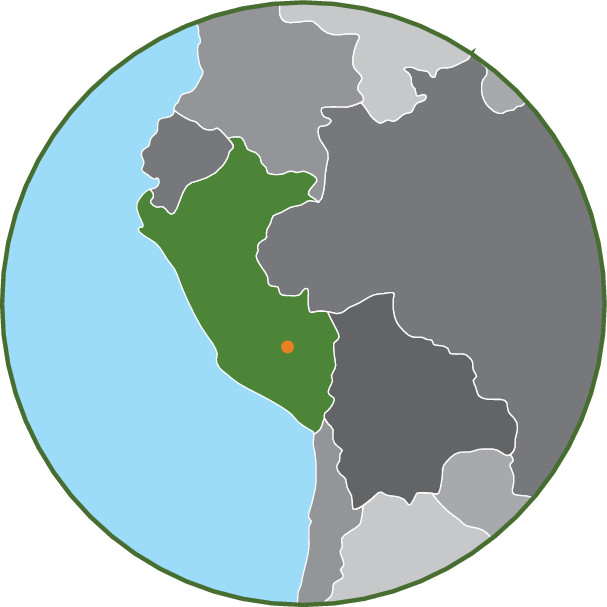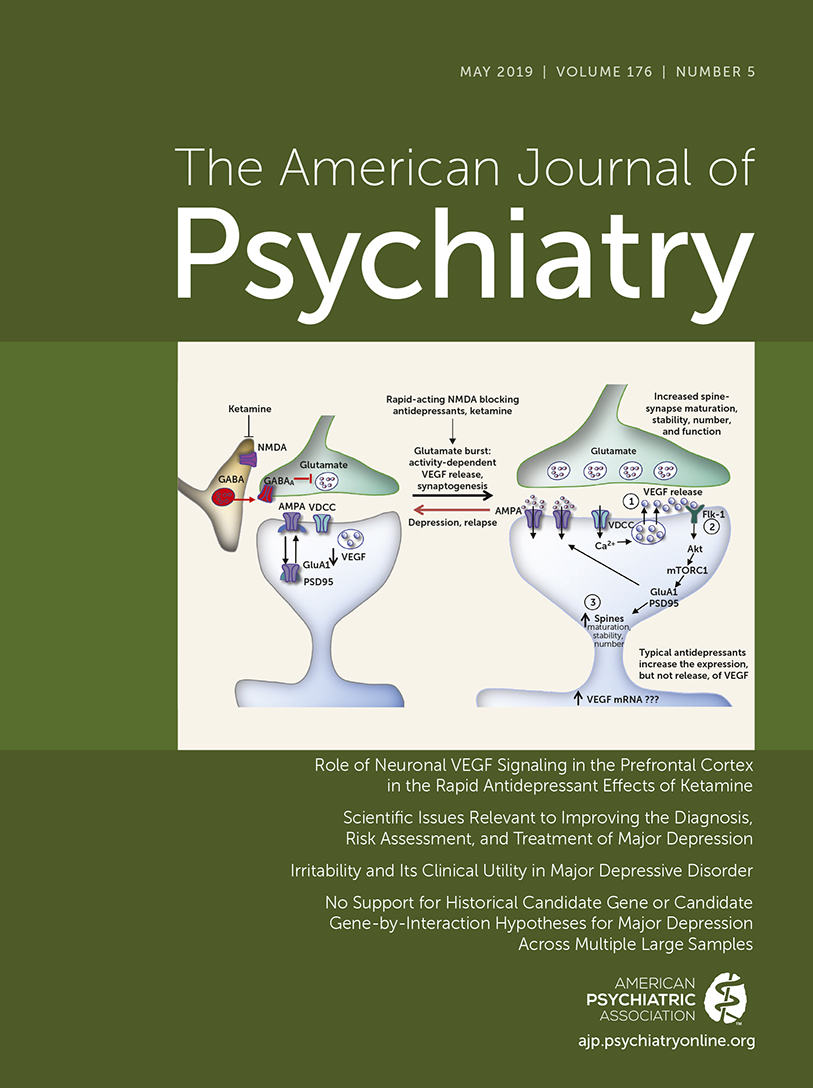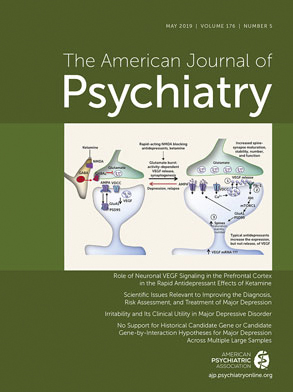Prior to the dissemination of Spanish, the dominant language in the Andean region of South America was Kechwa, which remains the most widely spoken indigenous language in the world. Since Kechwa was not written, much of the existing record of its usage comes through translation by period historians and chroniclers. Much of the traditional medical knowledge has been lost, but current usage frequently retains semantic content with technical implications. Two major reviews of traditional Kechwa medical terminology used to describe psychopathology have been published (
1,
2), and one study found substantial overlap between individuals identified by traditional Kechwa healers as suffering from a complex of symptoms referred to as
llaqui (see below) and those identified by medical and psychiatric evaluations as suffering from a DSM disorder (
3).
A persisting question in Western psychopathology addresses the validity of the distinction between mania, usually associated with better outcomes, and nonaffective psychosis (
4,
5). Thus, it seems appropriate to ask if the same distinction can be found in an isolated cultural and historical setting. Early chroniclers provide a description of a common ailment called
taqe onqoy,
taki onqoy by non-native speakers that seems to correspond to mania. In either case, etymological analysis is informative as to the conceptual framework used by Kechwa speakers to understand this illness, which is associated with increased activity, increased sexual behavior, and expansiveness (
1,
2).
Onqoy broadly means disease, and it is usually paired with a modifier implying either its cause or its principal symptoms. When used by itself, onqoy refers to pregnancy and labor. In the case of the disease at hand, taki can be rendered as either dance or song, and the entire phrase would become “singing or dancing illness.” On the other hand, taqe represents the vital force of nature, particularly when it is stored as in a seed, a granary, or even in the womb. Taqe implies also the thrust of the vital force to overcome the boundaries that store it, or to break free. Thus, taqe is the reason seeds germinate, or plants flower and give fruit; it is also the cause of labor and delivery during pregnancy. By extension, taqe also designates the storage or container of such energy (granaries or the womb).
According to chroniclers,
taqe onqoy was not considered a form of madness (
utiq) (
1). Cristóbal de Molina, in 1556, described it as agitation, dancing and falling as if the person were possessed, at times leading to suicidal behavior by jumping against rocks or into mountain rivers. Suicidal behavior in this context was interpreted as a self-sacrifice to the
waka, or indwelling sacred spirit of the natural accident (rock or river). Sometimes people affected would describe themselves as under the control of the
waka, or as being possessed by it. Also, a person affected by
taqe onqoy is said to store an excess of
kamay, a word whose meaning is related to the power of creation (including reproduction) and the power to command and to rule. In the most severe cases,
taqe onqoy leads to
chayapuy or frenzy (
1), with elation of mood, hyperactivity, and eventually madness or
utiqay (
1).
Consistent with the nosological interpretation of the term, Andean people refer to the Pleiades cluster as either
Taqe or
Onqoy, among other names. The major star in the cluster was the mother of all stars and, as such, was the object of religious devotion and sacrifices (
6). Thus, regardless of the variations in usage,
taki or
taqe onqoy describes a set of behavioral changes associated with the external influence of powerful supernatural entities (the
wakas), as well as an exaggerated expression of the power of creation and reproduction, or vital élan, sexual behavior, and birth (
7). Yet, Kechwa healers had a clear conception of the morbid nature of these changes in behavior, denoted by the word
onqoy (
7).
It should be quite apparent, then, that taqe onqoy overlaps with mania. Unlike the Western concept, however, the symptoms in the Andean context are seen as the expression of the vital force overtaking the person from the outside, through the action of a waka. Most notably, despite the association of taqe with pregnancy and seeds, this vital force is thought to affect men and women equally.
As in the case of Ms. A in the case vignette,
taqe onqoy commonly alternates with or is followed by
llaqui onqoy, a widespread Kechwa illness category representing a broad set of conditions with low mood, low energy, and loss of psychosocial function (
3). A study comparing psychiatric diagnosis by a biomedically trained doctor with diagnosis by traditional healers found that over 80% of the patients with
llaqui onqoy were identified as depressed (
3). Traditional healers used a combination of plant-based remedies (
1), rituals, and religious practices to treat mental disorders (
7), and many such practices remain in use today. The specific combination of each of these components in traditional Kechwa medicine is not easy to ascertain, but most likely it depended on the skill and preferences of the healer. Health in the Andean world is defined as a state of balance resulting from interaction and reciprocity between the individual and social group, nature, and the gods. Reciprocity is expressed through rituals, commonly “
ch'allaku” or a payment of offerings to the divinities. Thus, Ms. A and her family initially sought to improve her symptoms by consulting a traditional healer, “
hampeq,” who carried rituals of payment to Mother Earth, “
Pachamama Ch'allakuy,” and prescribed infusions made from petals of different Passifloraceae species and ground seashells. When these remedies did not lead to improvement for Ms. A, she decided to consult a “
layqa,” or sorcerer, who proposed additional rituals to remove a witch spell. Notably,
layqas are consulted usually with malevolent intent or intending to bring harm, injury, or even bad luck to another person, but they are also seen as having the power to counteract or remove harmful spells. Ms. A’s illness progressed, and after her family found her half naked, wandering in the street away from home, they decided to take her to the hospital. Currently Ms. A states that her treatment with lithium is beneficial, but she regrets that it has taken away her “happy and energetic” self, so she still firmly believes that her illness is a product of witchcraft.
The case described and its discussion support the idea that manic-depressive illness can be found in the traditional medical knowledge and practices of the Kechwa of the central Andes of South America. It also highlights “emic” (from phonemics) and “etic” (from phonetics) issues in cultural psychiatry.


